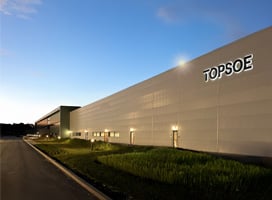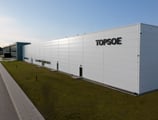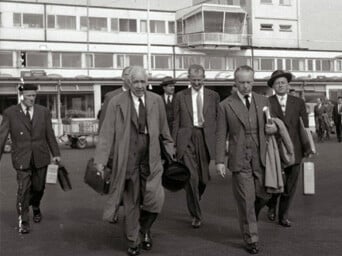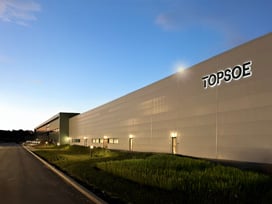SmartSAR™ is a cost-effective and well-proven spent acid regeneration (SAR) technology that produces no waste and is highly energy efficient.
On-site regeneration
Refiners today face a common challenge to increase yields and octane numbers while keeping costs down. To accomplish this, sulfuric acid-catalyzed alkylation is often used. These types of alkylation units produce spent sulfuric acid that must be regenerated. The conventional SAR units used in the regeneration process require scrubbing, washing, and drying processes to take dust and impurities out of the gas after incineration of the spent acid. These processes can be costly and time-consuming for refiners.
SmartSAR™ takes the SAR process one step further by allowing refiners to regenerate spent acid without using scrubbing and drying processes. This is done using a hot gas candle filter or an electrostatic precipitator, which takes out dust and impurities without cooling down the gas, avoiding acid and energy waste.
Protect your profit with a compact solution that allows you to regenerate sulfuric acid and improve OPEX, lose less equipment, and attain high availability.
.png)









![SAF Airplane runway[1]-1 1](https://www.topsoe.com/hs-fs/hubfs/SAF%20Airplane%20runway%5B1%5D-1%201.png?width=800&height=640&name=SAF%20Airplane%20runway%5B1%5D-1%201.png)





